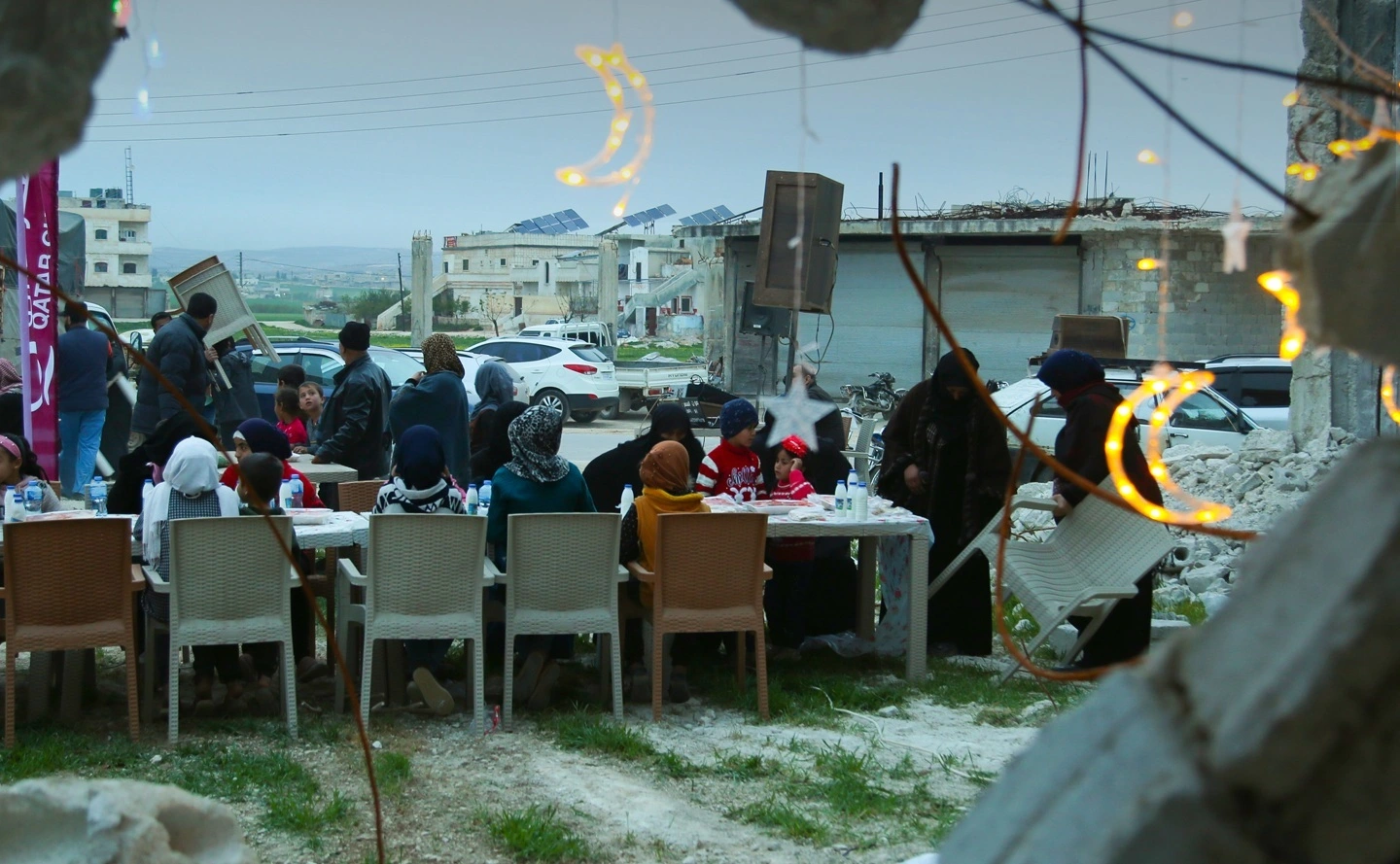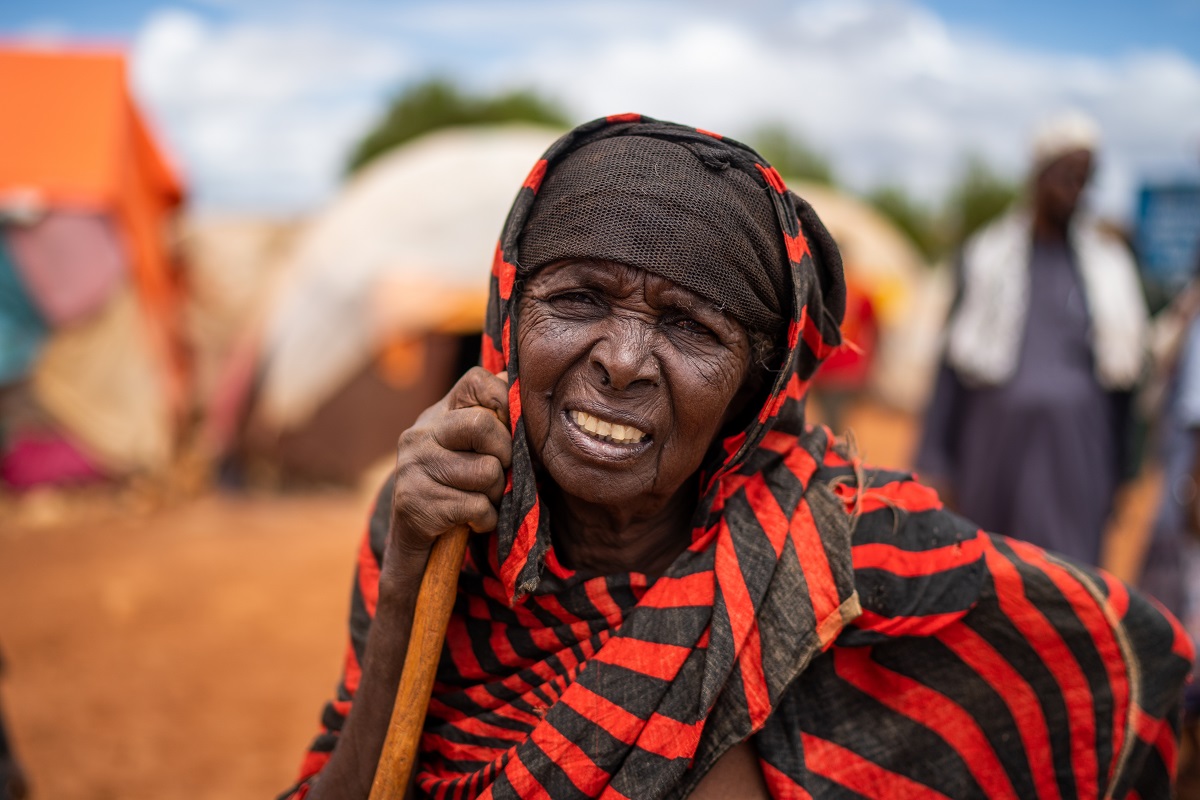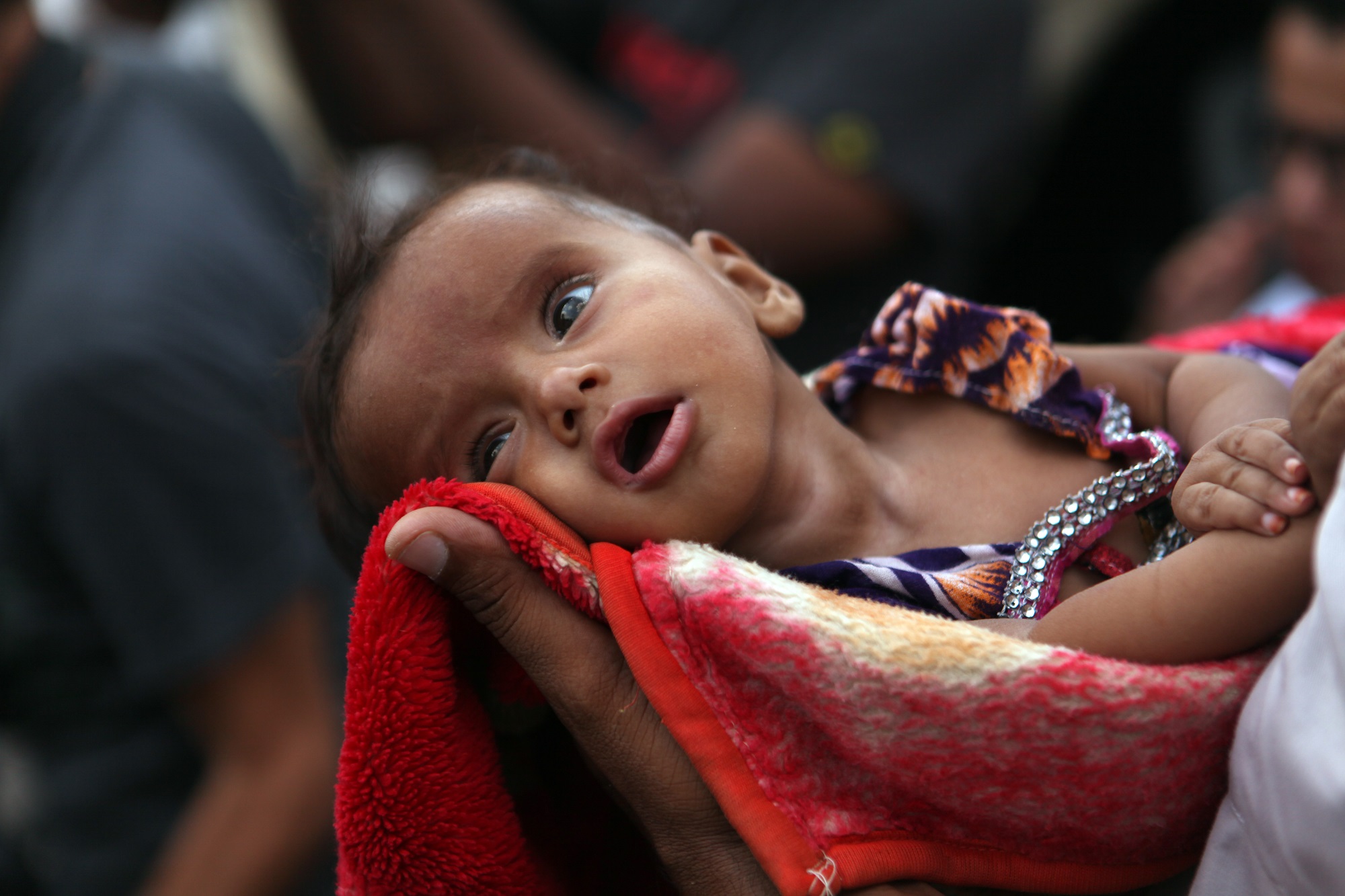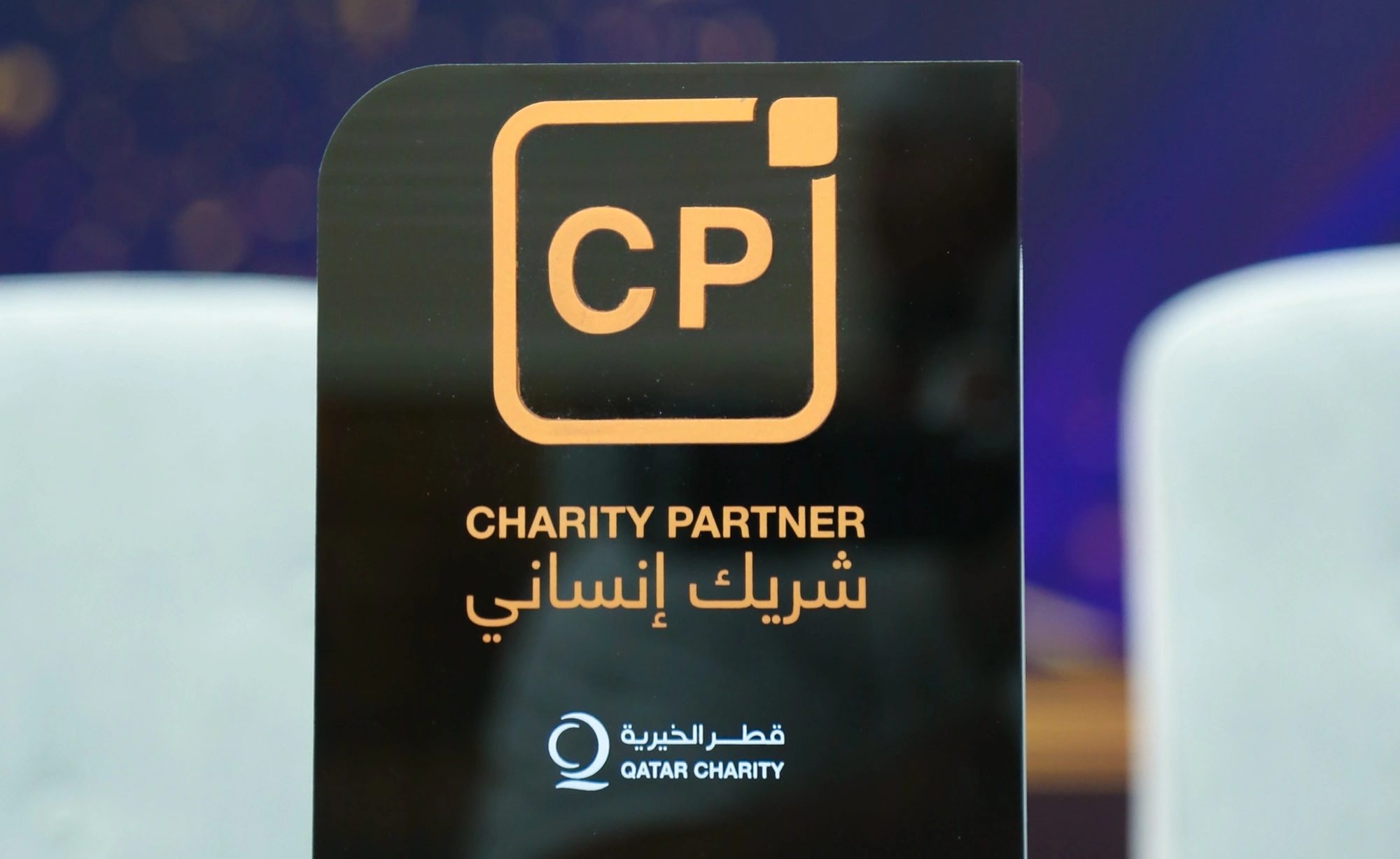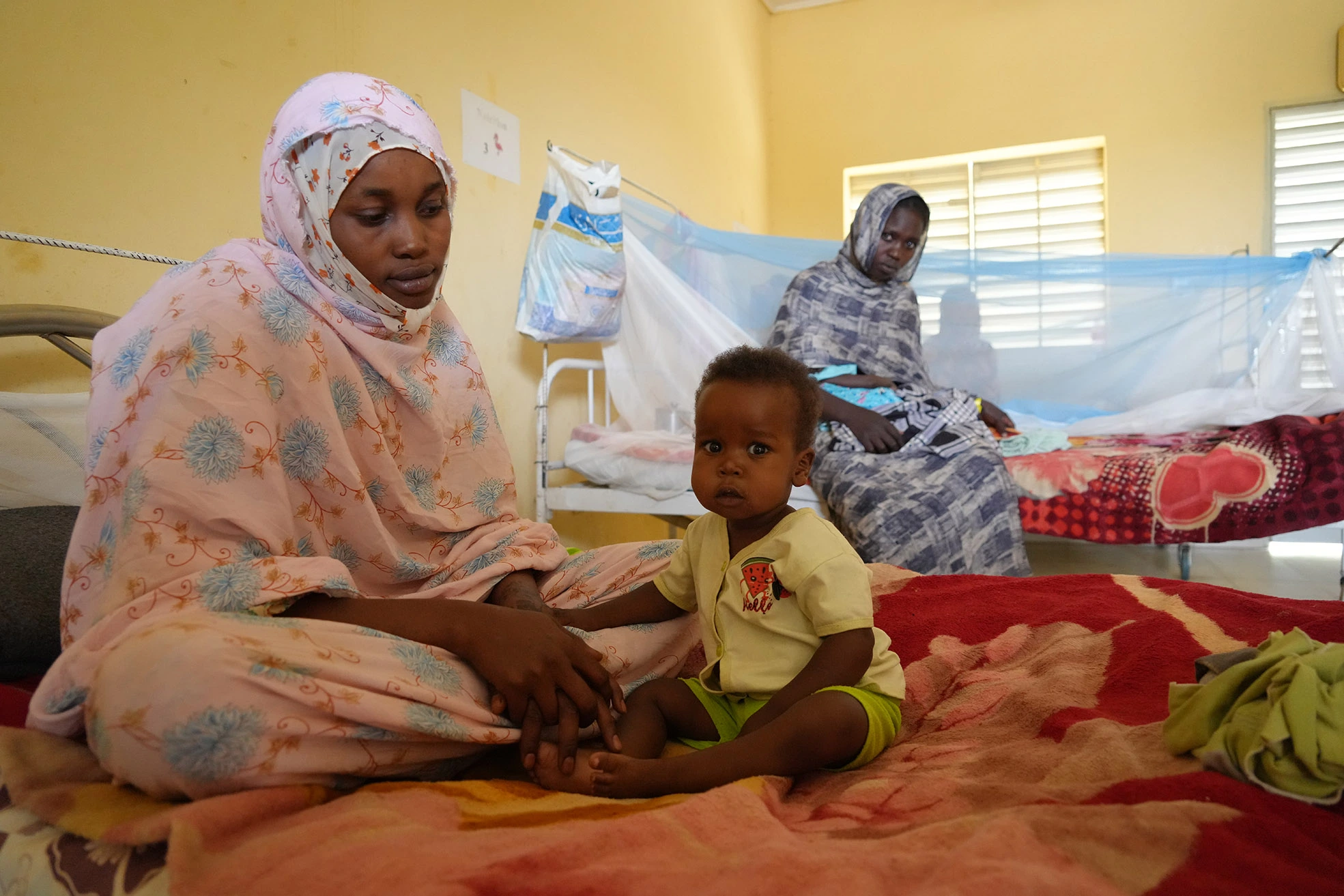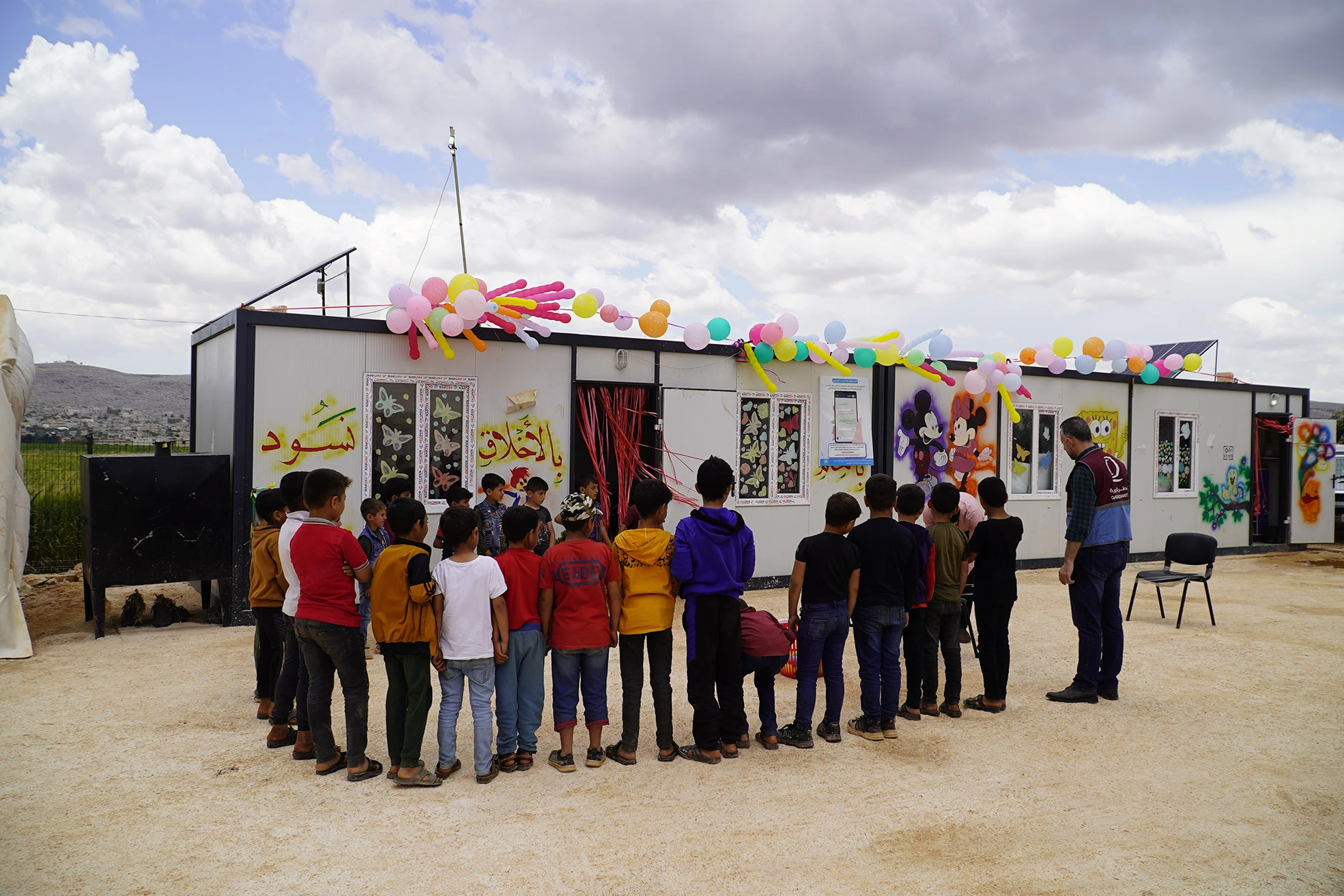When monsoon rains returned to Pakistan in mid-2025, tens of thousands of families once again found themselves displaced, their homes ruined, and their futures uncertain. Qatar Charity, together with government and UN partners, mobilized quickly to deliver food, hygiene kits, and medical assistance in the hardest-hit areas.
Table of contents
But behind the renewed urgency lies a quiet danger: donor fatigue. In places where floods, droughts, or storms return year after year, public compassion and institutional funding often fade, leaving communities more vulnerable with each new disaster.
A Steadfast Commitment
Over the past few years, Qatar Charity, as well as local and international organizations, have repeatedly stepped up in Pakistan’s flood zones. In 2024 alone, Qatar Charity’s Pakistan office implemented 1,805 projects benefiting 992,303 people across Punjab, Sindh, Khyber Pakhtunkhwa, Balochistan, and Pakistan-administered Jammu & Kashmir.
Partnerships between government agencies, UN actors like UNICEF, and NGOs such as Islamic Relief and the International Rescue Committee (IRC), have reached thousands more with food supplies, water, and shelter support.
This continued engagement shows how essential long-term commitment is in places hit by recurring disasters. Yet even when many organizations respond, keeping donor attention alive becomes harder each time the crisis returns.
The Long Emergency: Understanding Donor Fatigue
Donor fatigue describes the gradual decline in attention and giving for crises that seem endless. In areas repeatedly affected by floods or droughts, it can quietly undermine recovery.
- Normalization of crisis. What once shocked the world starts to feel routine.
- New emergencies. Conflicts, pandemics, and other global events quickly replace older stories.
- Short media cycles. By the time families start rebuilding, coverage has already moved on to other crises.
- Doubts about progress. When floods strike again, donors may wonder if their help truly made a difference.
The result is that long-term recovery, rebuilding schools, restoring farms, strengthening infrastructure, often remains underfunded, even though it’s the key to breaking the cycle.
Voices from the Field
“With floodwater everywhere, we had no access to roads or food. My children were crying in hunger,” said Shahnaz Bibi, whose home and livestock were destroyed in the 2025 floods. “The assistance we received gave us hope to start again.”
Breaking the Cycle
How can we keep attention and support alive for places facing chronic disasters?
- Focus on resilience stories. Show how past aid helps families rebuild stronger.
- Support early action. Funding preparedness saves more lives than emergency relief alone.
- Encourage multi-year giving. Sustained support allows deeper, long-term recovery.
- Empower local partners. When national and community groups lead, recovery continues even when global attention fades.
In Pakistan’s flood-prone regions, the same rain can erase years of recovery in a single night. Donor fatigue is a quiet threat, but it can be overcome.
By working together, sustaining support, and investing in resilience, the humanitarian community can help ensure that when the next storm comes, families are not starting again from zero.
At Qatar Charity, solidarity is built into our community-focused fundraising model, not left to circumstance.
This closeness allows us to sustain engagement and renew commitment, even when attention wanes. We see, firsthand, that when people feel connected to those they help, generosity endures.
But what about institutional funding, the kind that shapes large-scale recovery and policy? How can the humanitarian community bridge the empathy of community-driven giving with the scale and structure of institutional funding to sustain long-term engagement?


